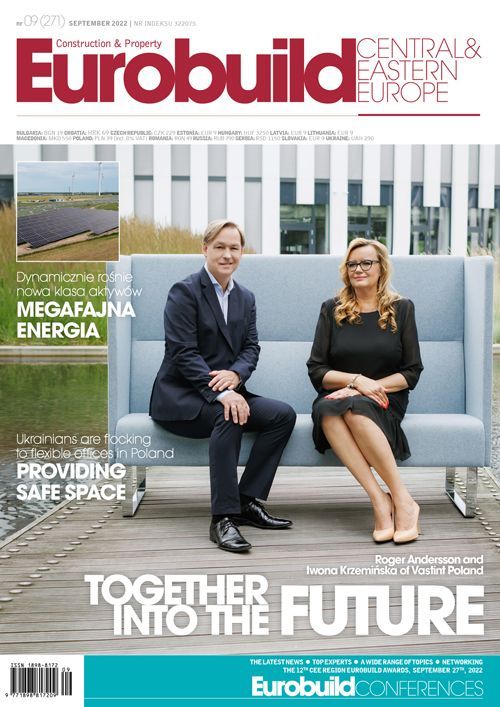In your opinion, we are all – or almost all of us – overpaying for our rubbish to be removed. Why is this?
Agnieszka Rychlicka, deputy CEO, T-Master: This is a complicated and multi-layered issue. In my opinion, we have to start with the fact that we are producing more and more rubbish, so why should we be paying less? But on the other hand, with the current method of calculating costs it is hard to say who is overpaying and by how much and who’s paying too little. In principle, nobody knows how much rubbish we produce. Up until now there hasn’t been a system in Poland to measure exactly how much rubbish is produced by each individual household or office tenant that would make individual costing possible. If we all were charged for our electricity, water and gas usage equally, would it be fair? Right now, there are many reasons why we pay a lot and not only for our own rubbish.
What are these factors?
The law allows rubbish disposal charges to be based on































































